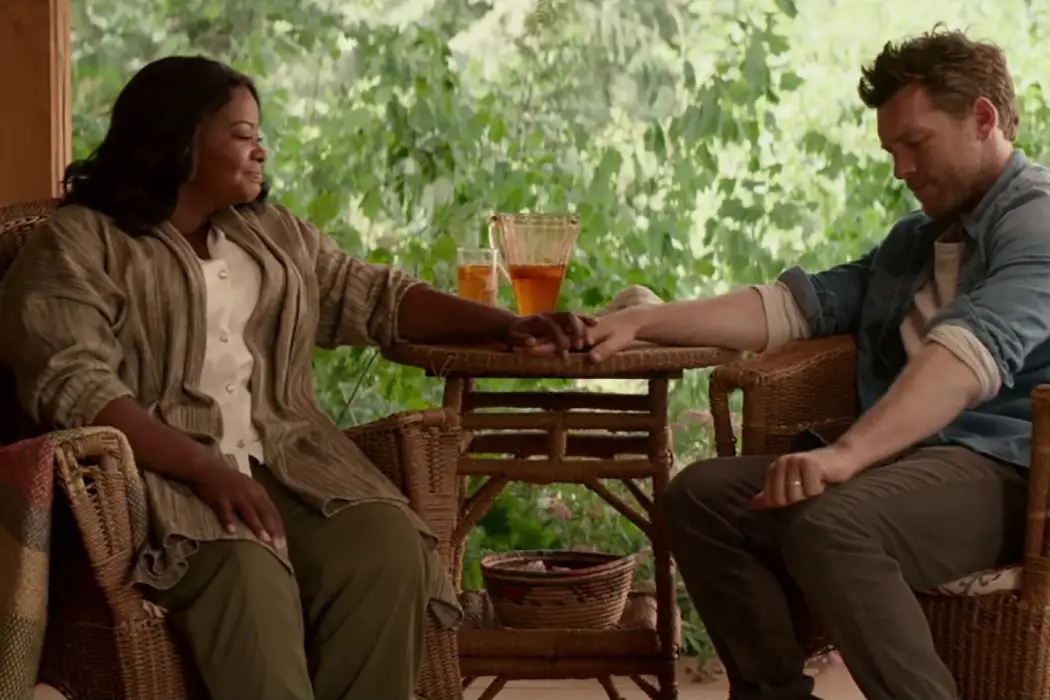Christianity
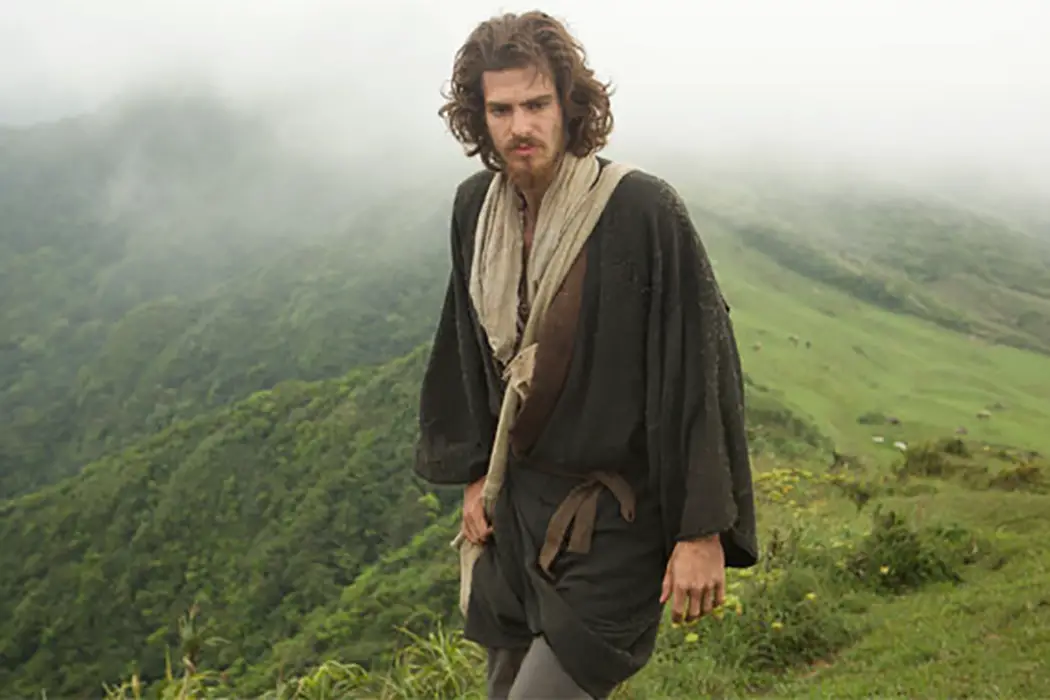
Martin Scorsese’s Silence begins with a dark, blank screen, with only the gentle humming of cicadas heard on all sides. It then immediately opens up to an overcast shot overlooking the banks of a river, where numerous people are being strung up and tortured. Such a peaceful moment undercut by extreme violence is very much an indication of what’s to come.
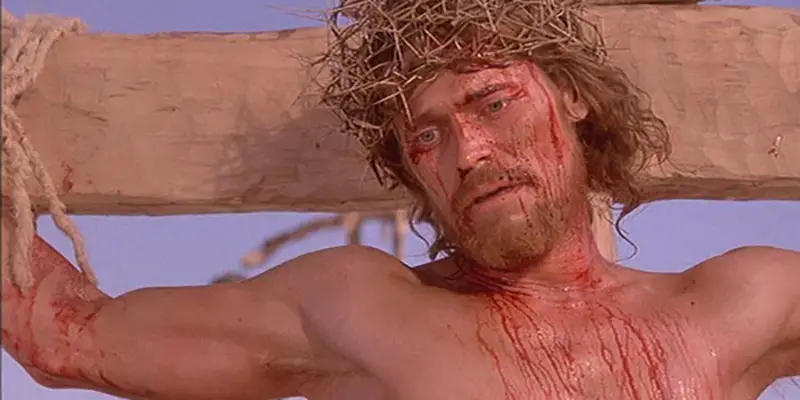
Religious figures and various saints have been on film since the birth of the medium. It can be tricky for a director to present the story of a venerated character, as they can mean many things to different people. In both Carl Theodor Dreyer’s The Passion of Joan of Arc and the Martin Scorsese picture The Last Temptation of Christ, the directors brought their own religious visions to screen, although not without controversy.


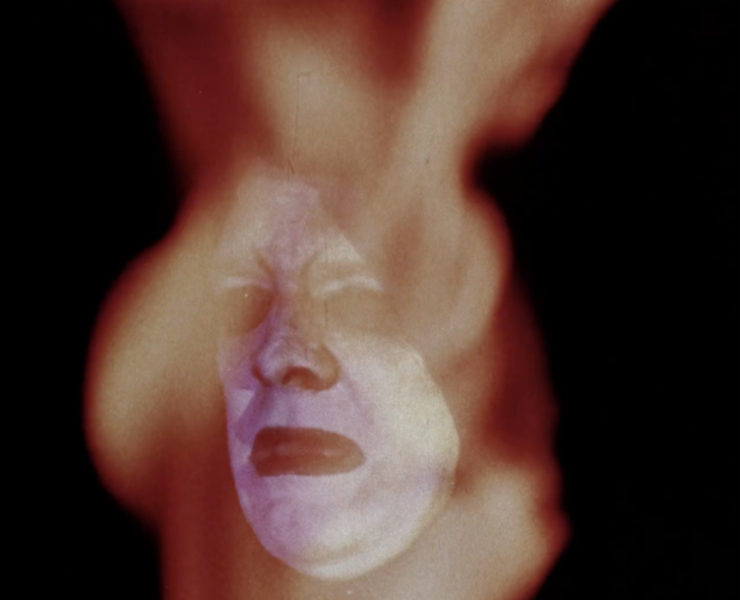
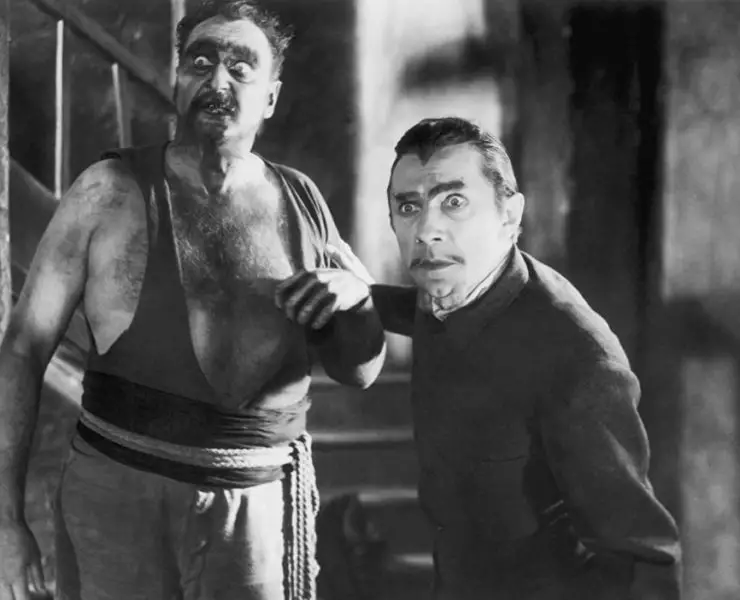
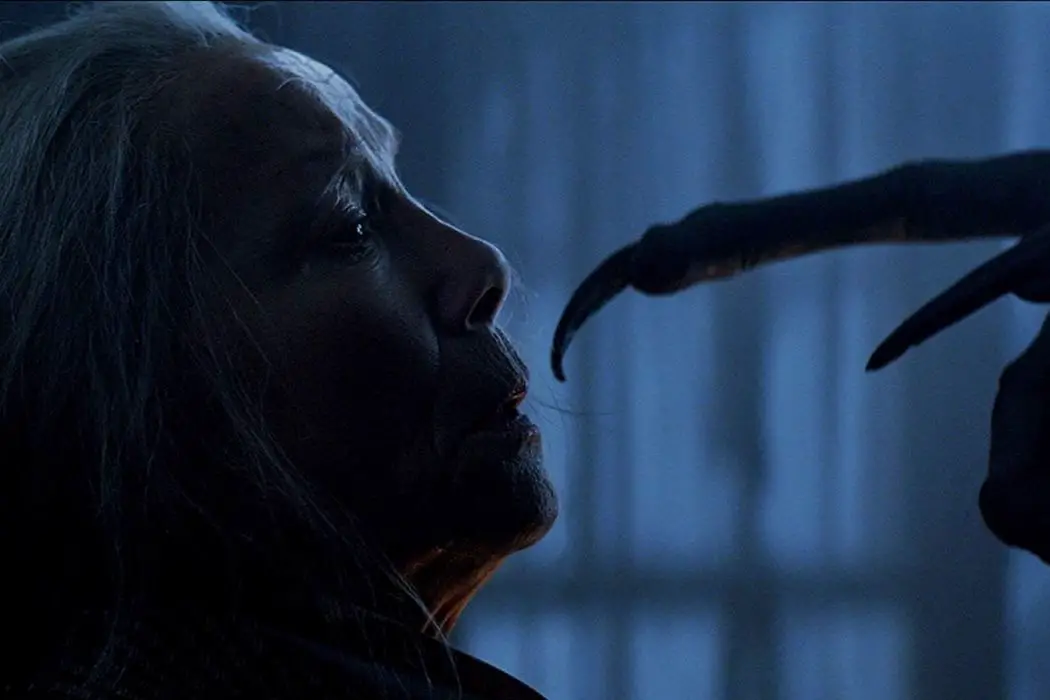
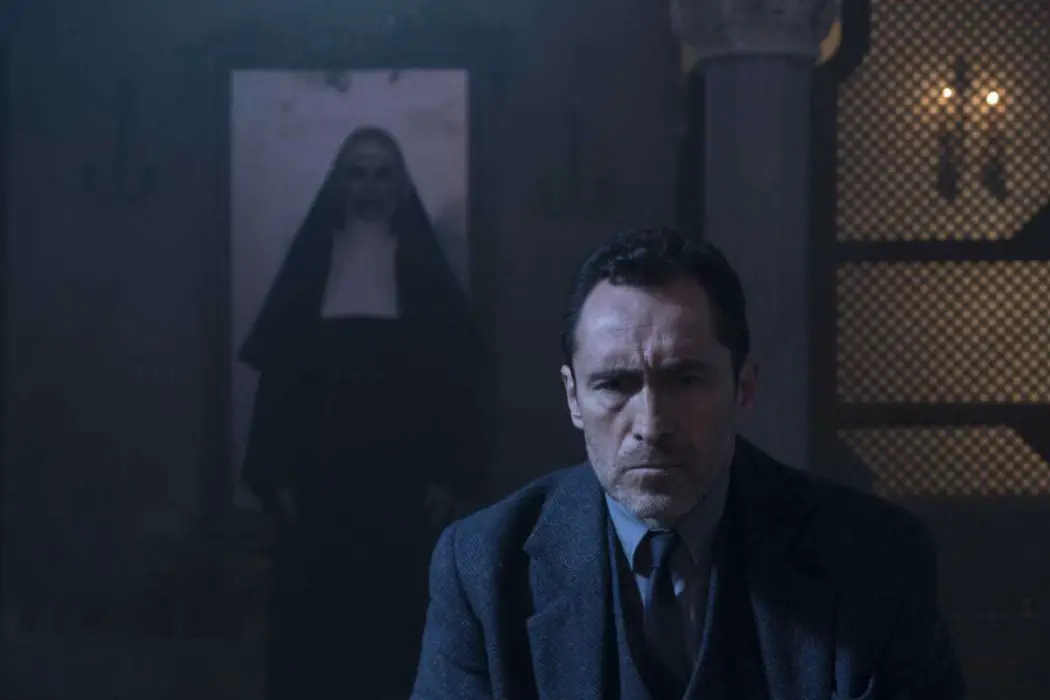
![Were you familiar with Mary Magdalene before you read the script? Garth Davis: Not in a deep, detailed way, but in the movies I have seen before and in the way everyone kind of understands. When I read this it was a completely different version, so that got me curious. I started to investigate it in a deeper way and found it astonishing it has taken us so long to put that story out there in a more popular light. Extraordinary really. It was definitely different than the story I grew up reading in the bible. I remember when the Passion of the Christ came out, an actor got struck by lightening during shooting. Anything like that happen on set for you? Garth Davis: There were a couple of pretty amazing moments. When we were shooting the scene of the exorcism, where the family was exorcising Mary in the Sea of Galilee, just before we were about to walk into the water the wind just completely stopped. Completely still, almost on cue, right? Then suddenly lightening appeared all over the ocean. It was unbelievable! So much so, that when shooting the scene I had to paint it out. It just felt like a trope, you know? People would have thought it was a visual effect. [laughs] Wow!Garth Davis: The other one was during a scene on the beach of Magdala. I did a drawing of the location and I wanted to add some smoke in the background. So we went down to the Recee, and as I was standing there, smoke emerged exactly where I was drawing it (laughs). It was one of those moments where you have to ask if something was guiding us in some way.](https://www.filminquiry.com/wp-content/uploads/2018/03/MV5BNDc5ODE4OTQxNl5BMl5BanBnXkFtZTgwODEzOTcyNDM_V1_SY1000_CR0014991000_AL_.jpg)
